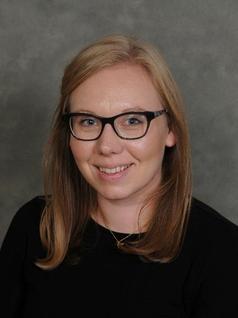Special Educational Needs
‘A child or young person has Special Educational Needs (SEN) if they have a learning difficulty or disability which calls for special educational provision to be made for him or her?
(The SEND Code of Practice: 0-25 years)
Principles:
- Assess, Plan, Do and Review
- Person-centred planning
- Co-production
- Individual level
- Strategic level
- Improved outcomes for children and young people with SEN
- Training and Workforce Development
How do we meet them?
The SEND Code of Practice says:
‘Every teacher is a teacher of pupils with Special Educational Needs’
The pupil remains the responsibility of the class teacher - no matter where or who is teaching them.
How do we meet need?
The purpose of identification is to work out what action the educational setting needs to take, not to fit a child or young person into a category.
In practice, individual children or young people often have needs that cut across all these areas and their needs may change over time, in terms of both type and level. The support provided to an individual child or young person should always be based on a full understanding of their particular strengths and needs.
Inclusive Quality First Teaching describes what should be on offer for all children: i.e. the effective inclusion of all pupils in high quality, everyday, personalised teaching.
Levels of Need
Our Continuum of Need for SEN contains the following levels of need:
- [Universal Quality First Teaching and Learning]
- First Concerns
- SEN Support
- Complex
- Specialist
Our SENDCo is Miss Helen Waller

Additional Information
The Cheshire East Toolkit for Special Educational Needs and Disability (SEND) is aimed at all educational providers and outlines the provision and support that Cheshire East Council expects to be in place in all educational settings which support children and young people with SEND in the Cheshire East area. You can read more about this toolkit by clicking the link: Cheshire East SEND Toolkit
To see how your information is being used please click on the link to see the Privacy Notice - Privacy Notice
Cheshire East’s Information, Advice and Support service provides a free confidential and impartial service. As detailed in the SEND code of practice each Local Authority must provide a service that provides Information, advice and support to parents, carers and young people from 0-25 years of age.
Their main aim is to empower parents by providing information, advice and support around a child’s special educational need. The team is also able to provide direct information, advice and support to young people (aged 16-25) in their own right, if requested, in line with the Children and Families Act 2014.
They offer a wide range of support from telephone/email as well as arranged face to face meetings where appropriate. The service will also signpost to other relevant services and sources of support.


